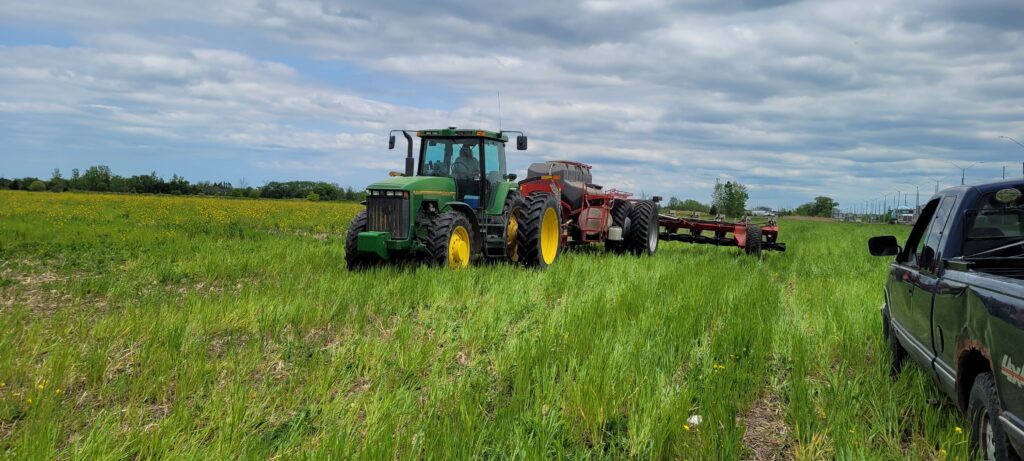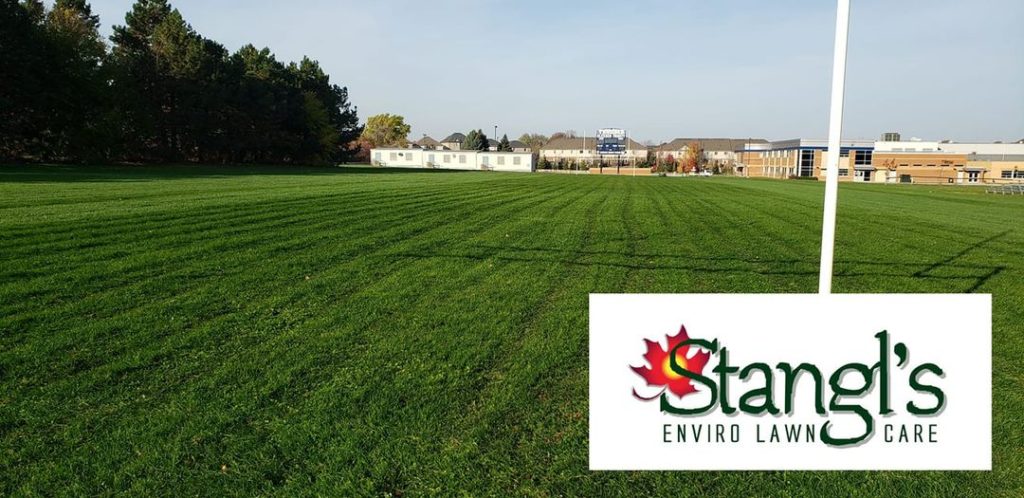Soil health is a crucial component in the growth and success of plants, whether it be in a lawn, sport field, or agricultural field. However, the context in which soil is found can greatly influence its health, and the resulting outcomes for the plants growing in it. In order to understand and improve soil health, it is important to consider a variety of factors that contribute to soil variability.

One such factor is the presence of life within the soil. A soil that is alive with microbes, fungi, and other living organisms is referred to as “living soil,” while soil that is devoid of life is simply referred to as “dirt.” The amount of organic matter in the soil also plays a role in soil health, as it provides a source of energy and nutrients for the living organisms within the soil.
Weather conditions, location, and previous management practices can also impact soil health. For example, the same weather conditions may impact two locations differently based on the local environment, such as the presence of trees, hills, valleys, etc.
To truly understand the context in which soil is found, it is necessary to conduct various tests such as the Haney test, PLFA (Phospholipid Fatty Acid) test, and biological assay. The PLFA test, for example, is a soil health assessment tool that measures the relative abundance of specific groups of soil microorganisms, giving an indication of the overall health of the soil.
It is important to note that no one solution fits all conditions, and that the goal is to continuously improve soil health through regenerative processes. The first step in this process is to excite the rhizosphere cycle, which is the area of soil surrounding the roots of a plant. This can be done by applying seed with Johnson-SU compost extracts and LAB Serum, which work together to stimulate life in the soil and create a living soil environment.

Not only does this improve the current plant’s growth and success, but it also sets the stage for future plants to benefit from a thriving soil ecosystem. By continuously applying these regenerative processes, the soil is transformed from lifeless dirt into a living, thriving environment that produces greater outcomes for plants for years to come.
In conclusion, unlocking the context of soil health requires a holistic approach that takes into account various factors such as the presence of life in the soil, organic matter content, weather conditions, location, previous management practices, and ongoing soil health assessments. By continuously improving soil health through regenerative processes, we set the stage for a thriving environment that produces greater outcomes for all plants, whether they be in a lawn, sport field, or agricultural field.
